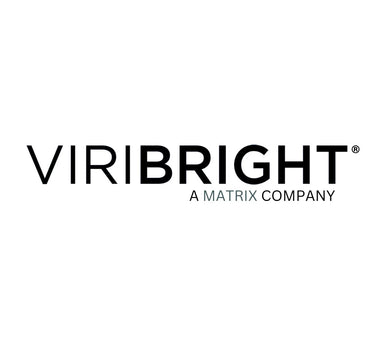What is Indoor Plant LED Lighting?
Indoor Plant LED Lighting refers to the use of LED (Light Emitting Diode) lights to provide artificial light for plants grown indoors. These lights are designed to mimic the natural sunlight spectrum, providing the necessary wavelengths for photosynthesis and promoting healthy plant growth.
Why is Indoor Plant LED Lighting Important?
Indoor plants rely on light for photosynthesis, the process by which they convert light energy into chemical energy to fuel their growth. In indoor environments, natural light may be limited or insufficient, especially during certain seasons or in spaces with limited access to sunlight. Indoor Plant LED Lighting helps to supplement or replace natural light, ensuring that plants receive the light they need to thrive.
Benefits of Indoor Plant LED Lighting
1. Energy Efficiency: LED lights are highly energy-efficient compared to traditional lighting options. They consume less electricity while providing the same or even better light output, resulting in lower energy bills.
2. Customizable Light Spectrum: LED lights can be tailored to emit specific wavelengths of light, allowing growers to optimize the light spectrum for different stages of plant growth. This customization promotes better photosynthesis and can enhance specific plant characteristics.
3. Longer Lifespan: LED lights have a longer lifespan compared to other lighting options, reducing the need for frequent replacements. This makes them a cost-effective choice for indoor plant cultivation.
4. Heat Management: LED lights produce less heat compared to traditional lighting options, reducing the risk of heat damage to plants. This allows growers to place the lights closer to the plants without causing harm.
How to Choose the Right Indoor Plant LED Lighting
1. Light Intensity: Consider the light intensity requirements of your plants. Different plants have varying light intensity needs, so choose LED lights with adjustable brightness levels.
2. Light Spectrum: Determine the light spectrum needed for your plants' growth stage. Vegetative growth requires a different spectrum than flowering or fruiting stages. Look for LED lights that offer customizable spectrum options.
3. Coverage Area: Calculate the size of your growing area and choose LED lights that can adequately cover the entire space. Consider the light distribution and ensure uniform coverage.
4. Energy Efficiency: Look for LED lights with high energy efficiency ratings. Energy-efficient lights not only save electricity but also produce less heat, reducing the need for additional cooling systems.
Tips for Using Indoor Plant LED Lighting
1. Maintain Proper Distance: Position the LED lights at an appropriate distance from the plants to avoid light burn or heat stress. Follow the manufacturer's guidelines for the recommended distance.
2. Optimal Light Duration: Most plants require 12-16 hours of light per day for healthy growth. Use a timer to ensure consistent light exposure and allow plants to rest during the dark period.
3. Monitor Plant Response: Observe your plants closely for any signs of light deficiency or excess. Adjust the light intensity or spectrum as needed to optimize plant growth.
4. Consider Light Cycles: Some plants benefit from specific light cycles, such as alternating periods of light and darkness. Research the light requirements of your specific plants and adjust the lighting schedule accordingly.
Conclusion
Indoor Plant LED Lighting is a valuable tool for indoor gardeners and plant enthusiasts. By providing the right light spectrum and intensity, LED lights ensure optimal plant growth and development. With their energy efficiency, customizable features, and long lifespan, LED lights have become the preferred choice for indoor plant cultivation. Invest in quality LED lighting to create a thriving indoor garden and enjoy the beauty of lush, healthy plants year-round.
